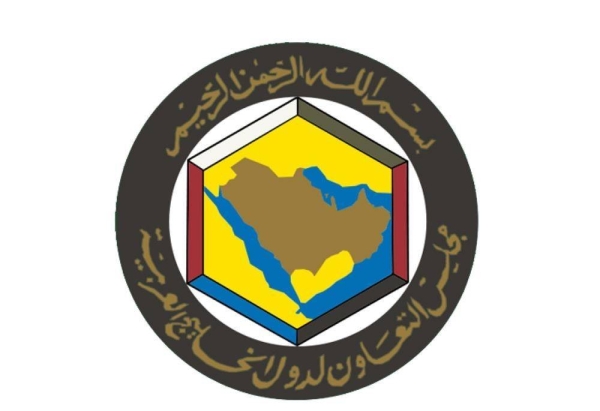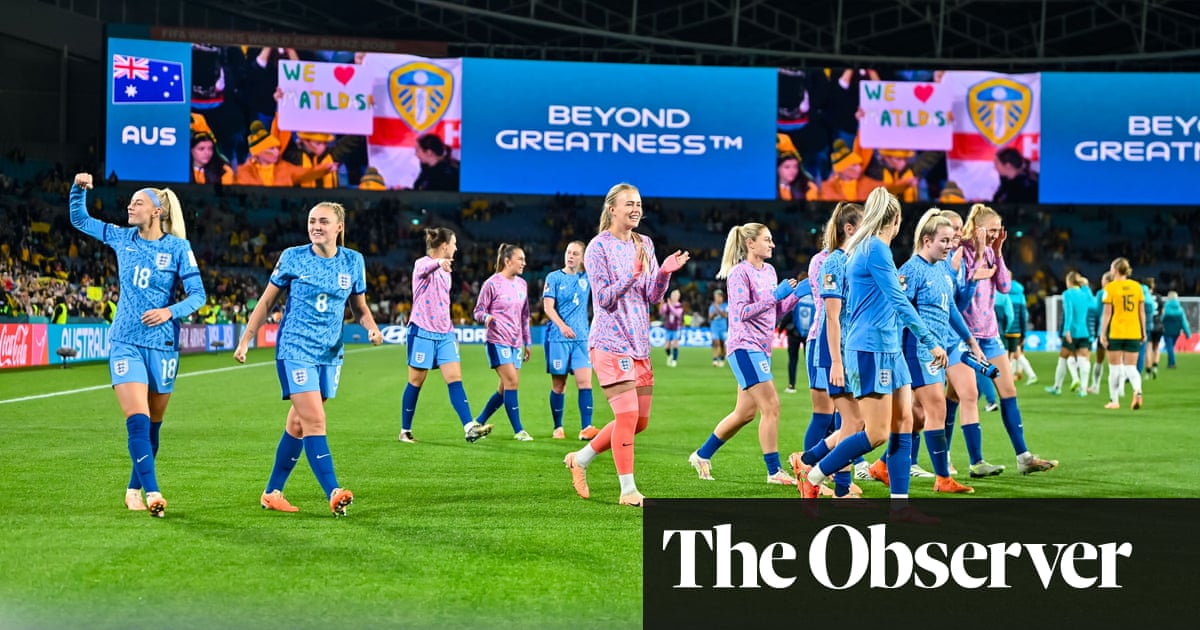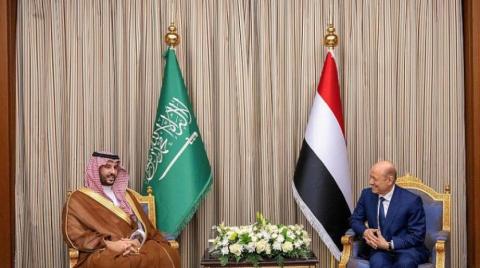
Saudi’s color cosmetics market was worth nearly SR2.3 billion ($615 million) in 2021
RIYADH: Amid growing economic opportunities for Saudi women and their increasing participation in the workforce, another stunning economic reality is emerging: sales of colored cosmetics in Saudi Arabia are steadily rising.
The growth in sales, however, is not only due to women’s economic participation. There are also social aspects, including the presence of many famous Saudi makeup artists on social media, the style of celebrities in various TV dramas, and major events taking place in the Kingdom and other Gulf region countries.
All these factors combined placed Saudi Arabia, a country with a population of nearly 35.5 million, at the top of the Gulf markets for colored cosmetics, researchers and stylists said.
FASTFACTS
• Saudi Arabia and its Gulf neighbors, in particular, and Arab countries in general, are considered a driving force for international cosmetic companies because of the high demand and the fast growth rates.
• The global value of the beauty and personal care industry in 2021 was estimated at $530 billion, with a growth rate of 7 percent. The Middle East and North Africa recorded nearly $36 billion, rising 15 percent annually.
Saudi’s color cosmetics market was worth nearly SR2.3 billion ($615 million) in 2021, and has recorded a growth rate of 18 percent, said Amna Abbas, a consultant in beauty, health and fashion at Euromonitor, a market research company headquartered in London.
The colored cosmetics category “has witnessed a strong rebound to pre-pandemic levels in the Kingdom in 2022. In the next five years, retail sales are set to grow at a compound annual growth rate of 6 percent, reaching SR3 billion by 2026,” Dubai-based Abbas told Arab News.
In a perfect world
Saudi Arabia and its Gulf neighbors, in particular, and Arab countries in general, are considered a driving force for international cosmetic companies because of the high demand and the fast growth rates, according to industry reports.
International Euromonitor figures show that the global value of the beauty and personal care industry in 2021 was estimated at $530 billion, with a growth rate of 7 percent. The Middle East and North Africa recorded nearly $36 billion, rising 15 percent annually.
Beauty and personal care products include hair care, fragrances, skin care, bath and shower and color cosmetics. Other products, such as men’s grooming, oral care, deodorants, and sunscreen, follow the hierarchy.
A considerable part of the cosmetic sales in the Arab region comes from particularly Saudi Arabia and the UAE. Researchers said the two countries contributed to a strong rebound of growth in the cosmetics industry.
Both countries witnessed the return of occasions and events on state, business and personal levels, including huge gatherings related to NEOM in Saudi Arabia, the World Expo in Dubai, and the World Cup in Doha. In addition, increasing numbers of tourists to both Saudi Arabia and the UAE, after easing travel restrictions in the post-pandemic era, are also considered among the factors behind the high cosmetics sales.
According to Research & Markets, a Dublin-based research organization with hundreds of clients around the globe, the Gulf Cooperation Council color cosmetics markets, which was “estimated at $1.27 billion in 2021, is expected to increase to $2.31 billion by 2030 at a compound annual growth rate of 6.8 percent.”
The report concluded that Saudi Arabia has the highest sales of cosmetic products in the Gulf region due to its large population and an increasing number of women in the workforce.
More economic opportunities for Saudi women give them “more incentive to invest in color cosmetics to portray a well-groomed and professional appearance,” said Abbas.
Growing demand for makeup
Asma Lootah, a UAE-certified stylist and celebrity makeup artist, does not believe wearing makeup is mainly connected to going to work but to social factors.
“It is related to certain social norms, for example, when a woman compares herself with other females in the family or her friends. This is what could make a woman wear makeup or not,” Lootah told Arab News.
And in Saudi Arabia, the social network has significant importance, Lootah said. “Saudi woman looks at her working environment as a form of social gathering…Working women in a department store look at each other as members of one family. The dynamics (among the workers) are different from us (in UAE),” she explained. In UAE, there are different nationalities of workers, “but in Saudi Arabia, they are all (or most of them are) Saudis.”
The colored cosmetics category has witnessed a strong rebound to pre-pandemic levels in the Kingdom in 2022. In the next five years, retail sales are set to grow at a compound annual growth rate of 6 percent, reaching SR3 billion by 2026.
Amna Abbas, Consultant in beauty, health and fashion at Euromonitor
Furthermore, the active presence of many famous Saudi female makeup artists on social media increases the demand for makeup, stressed Lootah. Saudi women follow celebrities, influencers and official accounts of their favorite color cosmetics brands on social media to stay up to date, said Abbas.
In response, “players (cosmetic companies) routinely collaborate with celebrities, influencers and makeup artists to promote their products and align their brands with the latest global beauty trends,” she added.
In 2021, Sephora, a French multi-national personal care and beauty product retailer, created an exclusive capsule range with (Saudi) local makeup guru Waad Al-Turki. It also created a limited-edition box of color cosmetics with local artist (Saudi designer) Ethar Balkhair to celebrate International Women’s Day.
Al-Turki has 2.8 million followers on her Instagram and is among the top renowned Saudi makeup artists. In addition, Nora Bo Awadh, who has 3.6 million followers, and Zainab Muabber, who has almost half-a-million followers on Instagram, is among the famous makeup artists in Saudi Arabia.
“Thanks to the further education and knowledge among new generations and social media, there is an increase in demand for colored cosmetics,” said Dima Saad, marketing director at Clarins, a well-known French cosmetic and skin care brand that has 600 boutiques and counters in outlets such as Debenhams and Sephora the Middle East.
Clarins, Saad explained, looks at the Saudi market as one of the significant future growth markets in the Arab region because it is fast growing. However, the brand does not yet have its boutique in the Kingdom, hoping it will result in the future.
Not just skin deep
Lamis Beauty shop is another cosmetics business for Korean brands. It is entering the Saudi market through being part of the makeup store of Watsons, a Hong Kong chain for health and beauty care.
Being part of four Watsons stores in Riyadh, Kate Wooyeon Park is offering Korean products to the Gulf market, which she describes as a “young and has lots of potentials” market, where young women have high-spending power and media plays a role too.
“So, in Korean drama, the main character is always beautiful, but they don’t have heavy makeup…We have the makeup without makeup,” she told Arab News.
“Korean people always focus on skin care first and later makeup. The beauty of Korean products is that they focus more on glowing and flawless skin. But in this region, they focus more on makeup like eye makeup, strong lip liners and lipsticks,” said Park.
For Park, makeup sales constitute nearly 55 percent, while skin care holds 35 percent of sales. The rest comes from hair and body products.
However, it is the opposite in Korea, where women buy more skin care products.
Even among Arab Gulf countries, makeup preferences among women are different. Some like “heavy makeup with smoky eyes.” But Lootah said others, like in Saudi Arabia, prefer the subtle natural makeup.
Meanwhile, well-known cosmetic brands and chains that are aware of the social and economic changes in Saudi Arabia are seeking to boost their businesses in the Saudi market further.
For example, Sephora will have 43 stores in Saudi Arabia this year. It has 86 stores overall in the Gulf region.
“Sephora views the Gulf region as one of its important markets,” said a Sephora spokesperson in a statement sent to Arab News. “Most of our regional store network is in the Kingdom. Our aim is to bring Sephora closer to the different Saudi communities and make it accessible to everyone.”
The cosmetic business is also resilient, as it is one of the few sectors that endured the universal lockdown.
On the contrary, Lootah said people became more interested in buying makeup products after the lockdown, as these items sprung “instant happy feelings” when the box was opened.
“Many women buy makeup products, even if they are not good at wearing makeup, because it gives instant feelings of pleasure.”












